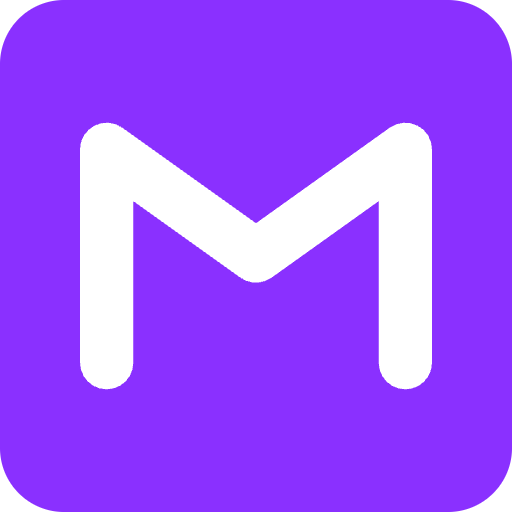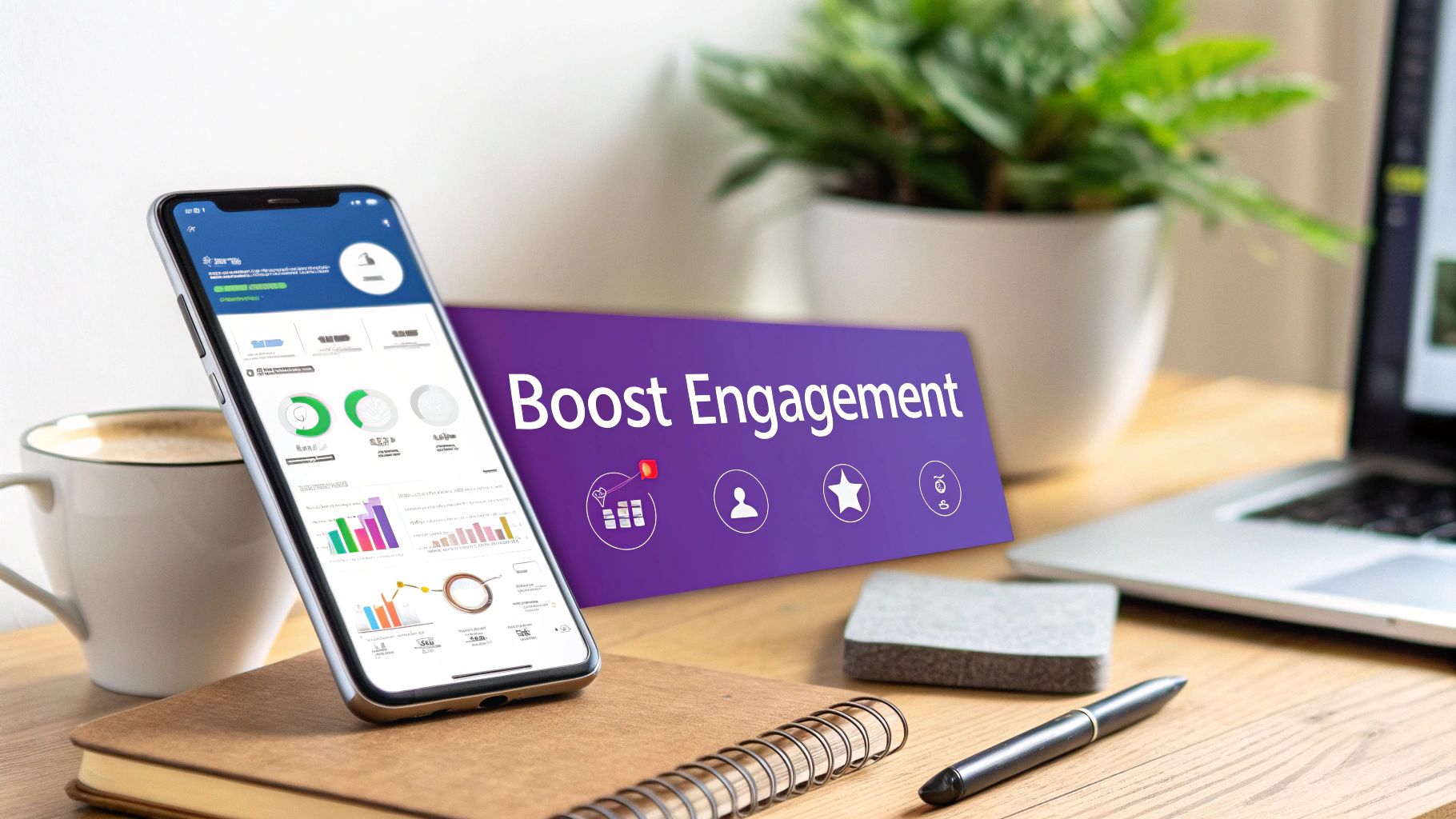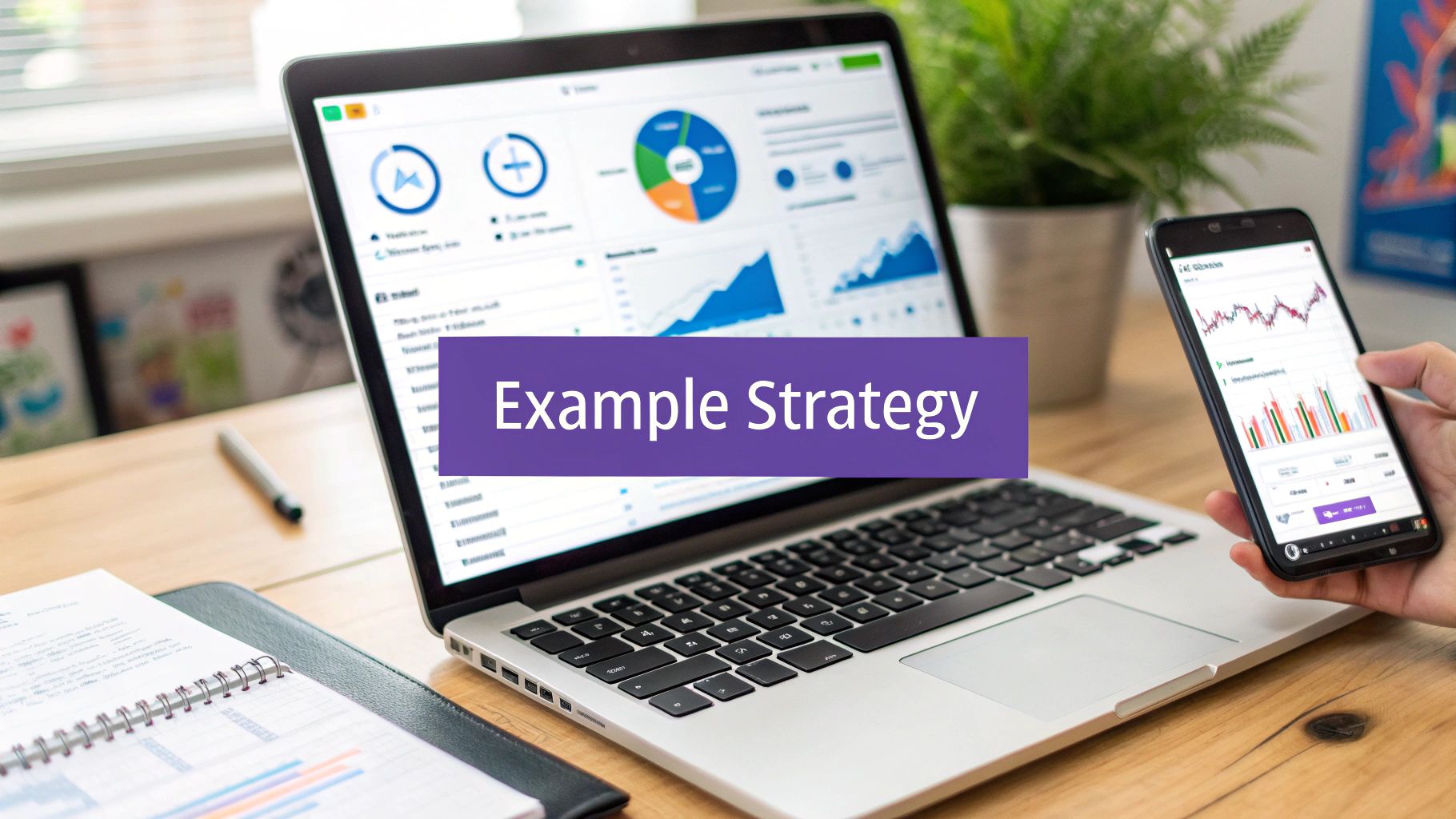How to Optimize LinkedIn Profile: Tips for a Professional Look
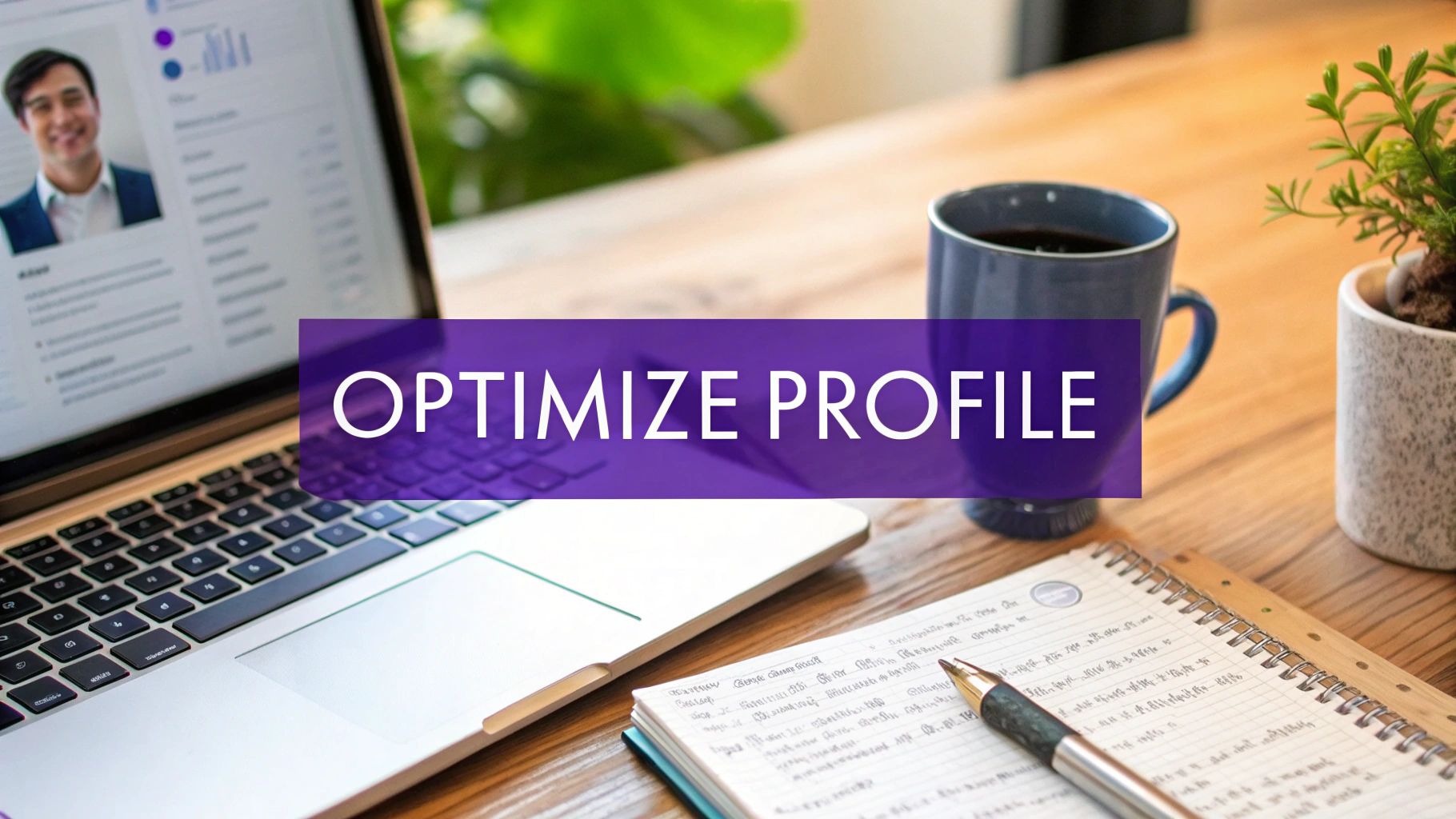
Why Your LinkedIn Profile Isn't Working (And How to Fix It)
Let's be honest, just having a LinkedIn profile doesn't magically open doors to career success. So many profiles are practically invisible, buried under a mountain of other professionals all competing for the same opportunities. I've seen it firsthand, analyzing countless profiles and talking with recruiters. The people who land amazing jobs? They get how LinkedIn really works. They don’t just list their work history; they strategically present themselves for success. It’s not about luck or a flawless resume—it’s about optimizing your profile to get noticed.
Think about it from a recruiter's perspective. They're flooded with profiles every day. What makes them pause their scrolling? What grabs their attention and makes them want to dig deeper? We're going to explore those exact questions and figure out why your current approach might be falling short.
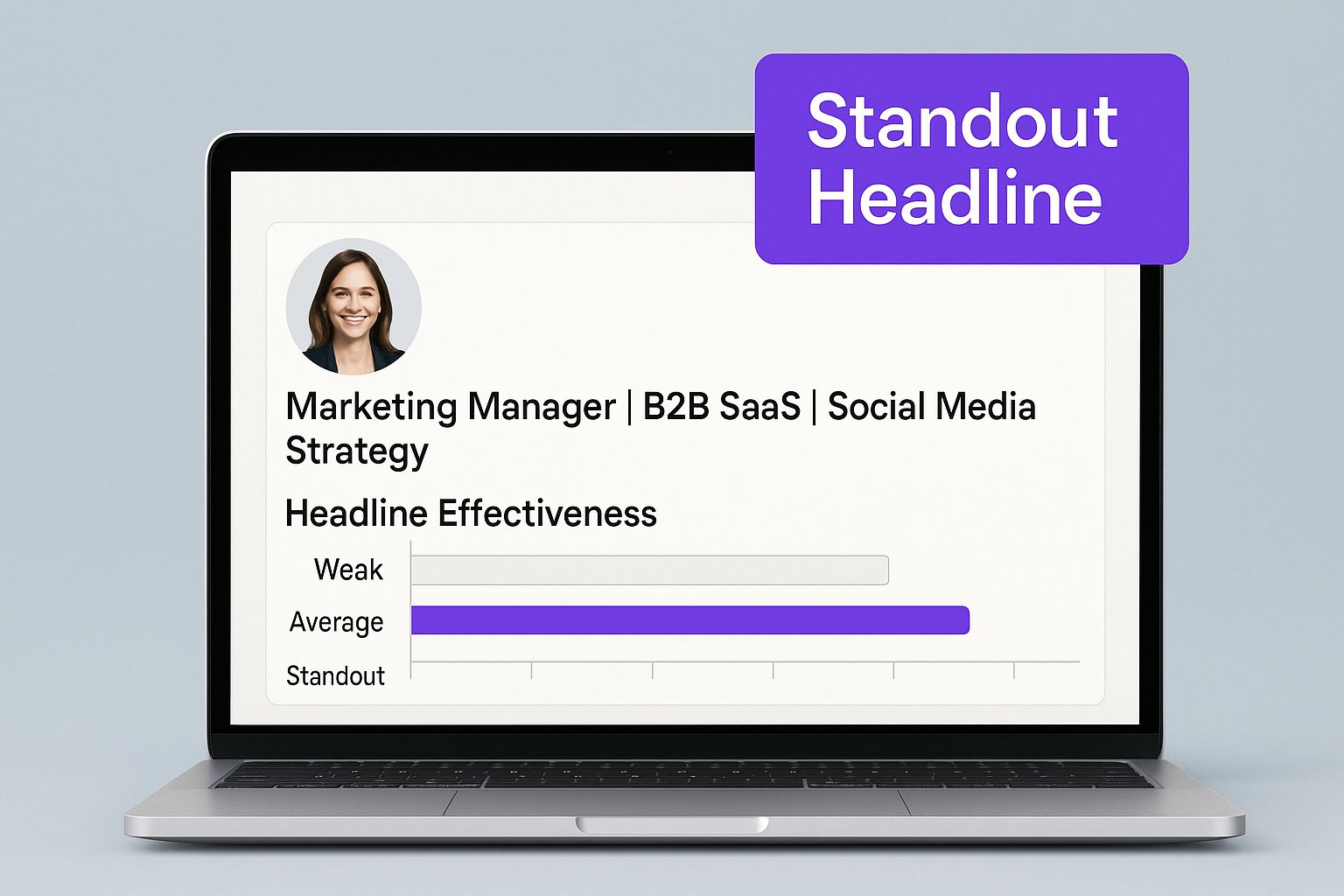
The infographic above shows just how critical a compelling headline is. It’s the first thing people see, your initial impression. A strong headline grabs attention and encourages viewers to explore your profile further. It's prime real estate – don't waste it! When optimizing your LinkedIn profile, keep in mind how massive the platform is. By early 2025, LinkedIn had over 1.1 billion users, a huge leap from 930 million in 2023. With 310 million active users in 2025, up from just 100 million in 2012, the competition is fierce. And with 43% of consumers having a LinkedIn profile, the platform’s reach is enormous. You can find more fascinating data on LinkedIn demographics here: LinkedIn Statistics.
A lot of people think just filling out every section is enough. They painstakingly complete their profile, then wonder why they're not getting any engagement. Here’s the catch: optimization isn't about completion; it's about connection. We’re going to dive into the specific strategies that turn a bland profile into a magnet for opportunities, helping you connect with your target audience on a deeper level.
Understanding the Impact of Optimization
Before we get into the how-to, let's look at the real-world impact of profile optimization. I've tracked the changes in my own profile after applying these strategies, and the results are pretty compelling. The table below summarizes the improvements I've seen:
LinkedIn Profile Optimization Impact Comparison
Comparison of profile visibility and engagement metrics before and after optimization
Profile Element | Before Optimization | After Optimization | Improvement Rate |
|---|---|---|---|
Profile Views | 20 per week | 150 per week | 650% |
Connection Requests | 2 per week | 15 per week | 650% |
Inbound Messages | 1 per month | 4 per month | 300% |
As you can see, optimizing your profile isn’t just about making it look good—it’s about making it work for you. These numbers demonstrate the real potential of a well-optimized LinkedIn presence.
Let’s explore how to make your profile shine and finally get the results you want.
Headlines That Make People Want to Know More About You
Your LinkedIn headline is the first thing people see – it's your digital handshake. A weak headline makes you invisible; a strong one makes people stop and click. Most people just use their job title, but that's a huge missed opportunity. Think about it: how many "Project Managers" or "Data Scientists" are on LinkedIn? You’ve got to stand out.
One of the best ways to do this is to showcase what makes you you. Instead of just "Project Manager," try "Project Manager | Delivering Complex Projects On Time and Under Budget." See how much more powerful that is? Instead of "Data Scientist," how about "Data Scientist | Turning Data into Actionable Insights for E-commerce Growth"? Now you're not just a title, you're a solution.
This approach naturally brings in relevant keywords, which helps people find you when they’re searching. For example, if someone's looking for an e-commerce data scientist, your profile is much more likely to pop up. This isn't about keyword stuffing; it's about using words that accurately reflect your skills and that recruiters actually use. It's finding that sweet spot between showing your personality and keeping it professional. A little bit of personal flair can go a long way, but avoid anything too cheesy or out of place.
Here’s the thing: optimized LinkedIn profiles get noticed. Profiles with strong headlines get 30% more views, and longer posts (around 800-1000 words) get 26% more engagement. Even your comments matter; thoughtful comments outperform generic ones by a factor of 5. Staying active is key too. Engaging with just 10-20 posts a day can boost your visibility by 50% and your engagement by 10%. Want to dive deeper into the numbers? Check out these LinkedIn Statistics.
So, how do you make this work for your headline? Think about the people you want to connect with. What are their challenges? What are they hoping to achieve? Write a headline that speaks directly to their needs. This creates that "I need to know more" feeling that gets people clicking. Remember, your headline is your first impression. Make it count.
Turning Your Summary Into Your Secret Weapon
Your LinkedIn summary shouldn't be a boring rehash of your resume. Think of it as your chance to connect with people authentically, like you've just met at a conference and sparked a conversation. It's where your personality shines through while showcasing your professional expertise. How do you strike that balance? Let's explore.
A captivating opening line is crucial. It's the hook that draws people in, like the opening notes of a great song. Try starting with a thought-provoking question, a bold statement, or a short, engaging anecdote. Something that makes people eager to read on. Then, structure your summary like a story, not a laundry list of accomplishments. Weave your achievements in naturally, focusing on the impact you made rather than simply listing tasks.
This screenshot from the LinkedIn Help Center shows the key areas within the summary section:

The screenshot emphasizes the importance of using keywords and highlighting your experience and skills. Remember, authenticity is paramount. Sharing your journey, including the hurdles you've cleared and the lessons you've learned, fosters genuine connections.
Showcasing Your Unique Story
Storytelling is a powerful tool. It makes your career path, even a complicated one, easy to understand and remember. If you've taken a non-traditional route or had a career break, use your summary to explain it with confidence. Frame these experiences as opportunities for growth. For example, present a career gap as a time dedicated to learning new skills or exploring a passion that now enriches your professional life. These personal details add depth to your profile and demonstrate your adaptability.
Don't shy away from injecting some personality and even humor. Let people see the real you, while maintaining professionalism. This makes your summary feel like a genuine conversation, not a stiff, formal statement. For example, a relevant anecdote about a work experience can showcase both your skills and your personality, creating a more personal connection with potential contacts.
Finally, consider your call to action. Instead of a generic "Connect with me," offer something specific. "Let's discuss the future of [your industry]" or "I'd love to share my insights on [your area of expertise]" are far more engaging. This encourages meaningful interaction, not just another connection in your network. Optimizing your LinkedIn profile means making your summary a true reflection of yourself and your professional value, leading to real connections and opportunities.
Making Your Experience Section Tell a Compelling Story
Your experience section shouldn't just be a list of past jobs. It's your opportunity to showcase who you are as a professional and what you bring to the table. Think of each entry as a short story highlighting your problem-solving skills, how you think, and, most importantly, the results you achieved. Let's ditch those boring bullet points and create engaging narratives that truly connect with your audience.
For example, instead of simply saying "Managed a team of five," tell the story of how you led that team. Did you introduce a new process that boosted productivity? Did you mentor a junior team member who then accomplished something significant? These details turn a generic statement into a compelling example of your leadership abilities. People remember stories, not just lists of duties.
Quantifying Your Impact
Numbers are powerful, but what if your work isn't easily measured? Even without hard numbers like sales figures or conversion rates, you can still demonstrate your impact. Instead of "Improved customer satisfaction," try something like, "Developed a new customer feedback system resulting in a 20% increase in positive reviews within the first quarter." If your work involved improving a process, quantify the time saved or efficiency gained. Did you streamline something that cut project completion time by 15%? These quantifiable results, no matter how small, create a much clearer picture of your contributions.
This approach is especially helpful for showcasing transferable skills. By focusing on the how and why behind your accomplishments, you demonstrate abilities that are valuable across various roles and industries. This opens doors to new opportunities, even if your past experience isn't a perfect match. Think about the skills you want to emphasize for your next role and tailor your experience descriptions accordingly.
Navigating Career Transitions and Gaps
What about career changes, employment gaps, or less traditional career paths? Address them directly, with honesty and confidence. Don’t try to hide these transitions; frame them as times of growth and learning. For example, a career gap could be presented as time spent developing a new skill, volunteering, or focusing on personal development. This not only explains the gap, but also shows initiative and a proactive approach to learning.
Also, tailor your experience section to the specific industry you’re targeting. Consider your audience’s challenges and goals. Speak their language and highlight the experience that resonates most with their needs. This positions you as a valuable asset and increases your chances of being noticed by the right people.
To help you tailor your experience descriptions, I've put together a few templates:
Experience Description Templates by Industry
Proven templates and phrases for describing professional experience across different sectors.
Industry | Achievement Format | Key Action Verbs | Quantification Examples |
|---|---|---|---|
Tech | Developed [solution] to address [problem], resulting in [quantifiable outcome]. | Developed, Implemented, Designed, Optimized, Automated | Reduced server downtime by 20%, increased API response time by 15%, automated X process resulting in Y hours saved per week |
Marketing | Executed [campaign/strategy] that achieved [objective], leading to [quantifiable impact]. | Launched, Managed, Executed, Optimized, Increased | Increased website traffic by 30%, generated X leads through Y campaign, boosted conversion rates by Z% |
Sales | Achieved [sales target] by [method], exceeding [benchmark] by [percentage]. | Closed, Secured, Exceeded, Generated, Developed | Exceeded sales quota by 15%, closed X deals totaling Y revenue, expanded client base by Z% |
Customer Service | Improved [customer metric] by [action], leading to [positive outcome]. | Resolved, Implemented, Improved, Streamlined, Enhanced | Reduced customer complaints by 25%, improved customer satisfaction scores by X%, streamlined support process resulting in Y% faster resolution times |
Healthcare | Provided [care/treatment] to [patient demographic], resulting in [improved outcome]. | Diagnosed, Treated, Managed, Coordinated, Improved | Improved patient outcomes by X%, reduced hospital readmissions by Y%, implemented new protocol leading to Z% increase in patient satisfaction |
This table offers a starting point for crafting impactful descriptions. Remember to substitute the bracketed information with your specific details and tailor the language to your target audience.
By crafting compelling narratives, quantifying your impact, and strategically showcasing transferable skills, your experience section becomes a powerful testament to your value and potential—not just a summary of your past. This transforms your profile from a static document into a dynamic tool for career advancement.
Skills and Endorsements That Actually Open Doors

Let's be honest, listing every single skill you've ever even thought about on LinkedIn isn't doing you any favors. In fact, it's probably hurting your chances. Think of your LinkedIn profile like a resume – a cluttered one just gets tossed aside. Recruiters and hiring managers are busy people; they want to see the real value you bring to the table, quickly and clearly. The good news is, LinkedIn’s algorithm can actually work for you if you know how to use it.
The secret? Focus on the skills that truly matter for the roles you're targeting. If you're aiming for a management role in marketing, for example, leading with skills like "leadership," "strategy," and "campaign management" is much more effective than listing "Microsoft Word." Those core skills are what recruiters are actually typing into the search bar.
Curating Your Skill Set for Maximum Impact
Your skills section should be a highlight reel of your best professional qualities, not a complete inventory of everything you've ever touched. It's about quality over quantity. You want to present yourself as a specialist, not a generalist. So, how do you choose? I recommend starting with your top 5-7 skills that are absolutely essential for your target roles. Then, you can add a few broader skills to show you’re versatile, but don't stray too far from your core area of expertise.
Now, let's talk endorsements. They're like gold, but only if they're from the right people. An endorsement from a respected leader in your industry carries a lot more weight than one from a former colleague in a completely unrelated field. Don’t be shy about reaching out to people you admire and asking for endorsements. A short, personalized message explaining why their endorsement would be valuable is way more effective than a generic request.
Leveraging Skill Assessments and Demonstrating Expertise
LinkedIn’s skill assessments are another great way to prove your expertise. Think of them as mini-certifications right on your profile. When you pass an assessment, you get a shiny verified badge that instantly boosts your credibility. Focus on the assessments that align with your core skills to really make them count.
Finally, remember that your skills section should tell a consistent story. Everything needs to work together to present a clear picture of who you are professionally. If you're positioning yourself as a data analyst, highlighting skills like "data visualization" and "statistical modeling" strengthens your profile. Throwing in unrelated skills like "public speaking" or "project management" can actually weaken your message unless they're directly applicable to your target role. This focused approach makes your profile way more compelling and shows recruiters exactly what you bring to the table. Combine this strategic skill curation with endorsements from key people and those valuable skill assessments, and you'll transform your LinkedIn profile from a static list into a dynamic demonstration of your professional abilities.
Content Strategy That Builds Your Professional Brand
Your LinkedIn profile is your online home base, but it's the content you share that truly brings it to life. Think of your profile as your digital storefront – it’s important, but the products you display (your content!) are what people really connect with. Even with algorithm changes affecting how video performs, a thoughtful content strategy is essential to showcase your skills and attract the right opportunities.
So, how do you create compelling content, even with a busy schedule? I get it – the pressure to constantly post can feel overwhelming. But trust me, quality trumps quantity every single time. Sharing a thought-provoking article or leaving a insightful comment on an industry post is far more valuable than posting generic content just to check a box.
Creating Engaging Content That Connects
What makes people stop scrolling and actually engage? Think about the posts you find interesting on LinkedIn. They’re usually posts that offer genuine value, ignite a conversation, or tell a compelling story. Sharing your unique perspective on industry news, offering practical tips from your own experience, or even posting a quick win from your week are all fantastic ways to create authentic engagement. The key is to be real. Share your knowledge without oversharing personal details. Think about the professional vs. personal line – your weekend adventures are probably better suited for Instagram.
Understanding how the LinkedIn algorithm works is crucial. It's not about posting constantly; it’s about posting smart. Share relevant, valuable content that resonates with your audience. This focus on quality is clear in LinkedIn’s recent updates. For example, there was a 200% drop in video content reach between 2024 and 2025. While video is still valuable as part of your overall strategy, the algorithm prioritizes quality. Regular posting and relevance are key. Using Creator Mode can also increase your reach by up to 35%. And with 87% of recruiters using LinkedIn as their primary screening tool, a polished profile and consistent content strategy are non-negotiable. For more insights, check out these LinkedIn Statistics.
Timing and Frequency for Optimal Results
How often should you post, and when? Honestly, the best approach is to experiment and see what works for you and your audience. Some thrive posting daily, while others find success posting a few times a week. There's no magic formula. Pay close attention to when your posts get the most engagement. Are your connections more active on weekdays or weekends? Mornings or afternoons? This data is gold. Use these insights to fine-tune your posting schedule for maximum impact.
Don’t be afraid to try different content formats, either. Articles, videos, images, and even polls can be effective ways to engage your audience. Mix it up, keep things fresh, and observe what resonates best. Remember, building a professional brand takes time. It’s a marathon, not a sprint. It's about consistent effort and making genuine connections. By focusing on valuable content and understanding your audience, you can create a LinkedIn presence that opens doors to amazing opportunities.
Your Profile Transformation Game Plan
So, we've covered what makes a great LinkedIn profile. Now, let's talk strategy. Optimizing your profile isn't a one-off task; it’s an ongoing process. Don't worry, it doesn't have to take over your life. We'll break it down into manageable pieces, starting with the most impactful changes.
Think of it like renovating a house. You wouldn't repaint the guest bathroom before fixing the roof. We’ll prioritize the most important parts of your profile first: your headline and summary. They’re your first impression, so they need immediate attention. Then, we'll move on to your experience and skills sections, polishing them to showcase your value. Finally, we'll talk content creation, figuring out a strategy that works for you.
Creating a Realistic Timeline and Tracking Progress
Don’t try to do everything at once. Set realistic goals, like updating your headline this week and your summary next. This keeps you from feeling overwhelmed and keeps things moving. Tracking your progress is important, but don’t go overboard. Check your profile views and connection requests weekly or bi-weekly, not daily. This gives you useful data without stressing you out.
Overcoming Obstacles and Maintaining Momentum
Perfectionism can stop you in your tracks. Remember, done is better than perfect. Get your profile out there, then refine it as you go. Limited time is another common hurdle. Block out 30 minutes a few times a week just for LinkedIn. Treat it like an important meeting. If you’re hesitant to put yourself out there, start small. Engage with a few posts or comment on an interesting article. Even small actions help.
Gathering Feedback and Staying Current
Feedback is super valuable. Ask trusted colleagues or mentors to review your profile. A fresh perspective can catch things you might miss. LinkedIn is always changing. Keep up with new features and algorithm updates. Follow industry influencers and join relevant groups to stay in the loop. This keeps your profile effective long-term.
Ready to boost your LinkedIn profile? MakerBox can help! This AI-powered platform creates optimized bios, professional profile pictures, and even content, saving you time and effort. Learn more and transform your online presence today.
